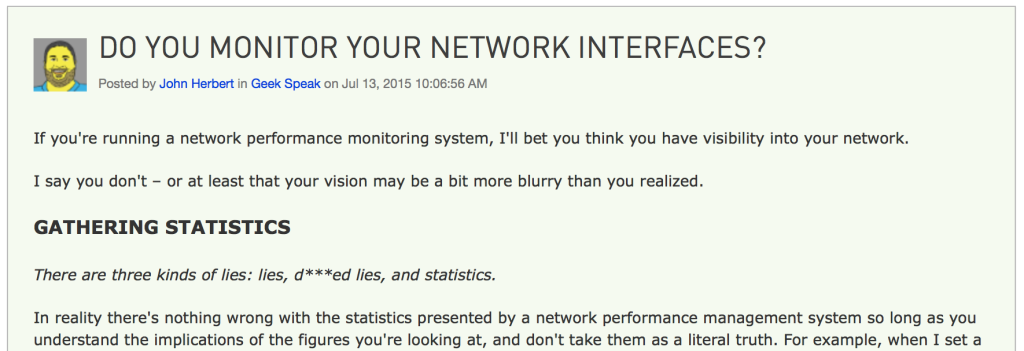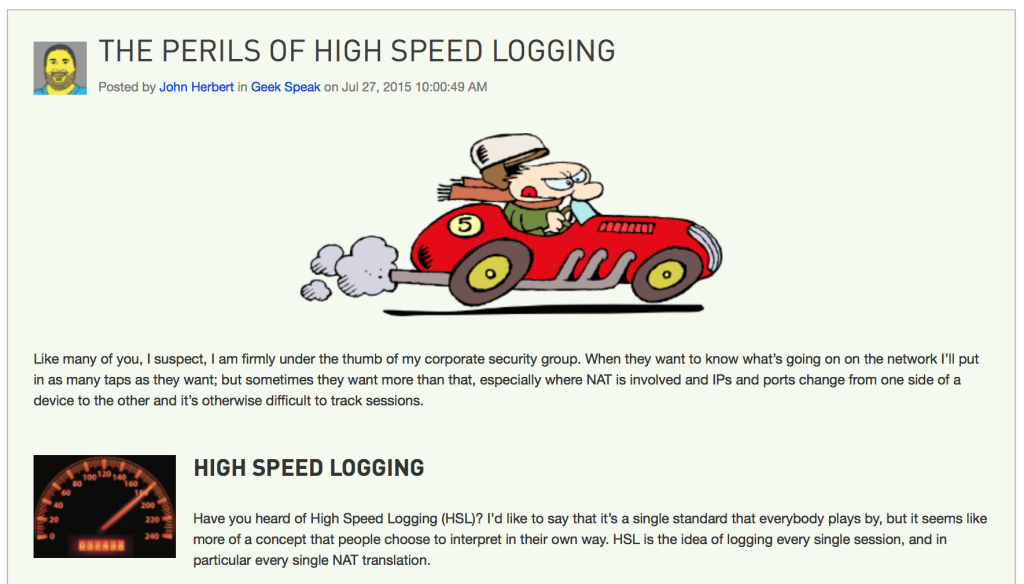0
Real Jobs for Real Robots
Real Jobs for Real RobotsImage by REUTERS/Issei KatoIt’s quite possible someday soon that robots may deliver food to your table in a restaurant or gather up your laundry and bring it to the laundry room – that is if some of the machines featured in this slideshow make it out of the research labs and into the real world. Here we take a look at 18 robots that are already functioning in a variety of real life jobs.To read this article in full or to leave a comment, please click here
 SDxCentral announces the availability of the 6WIND Performance Test Report with a closer look at 6WIND’s Speed Series. Download the report to learn about performance on x86 COTS cloud server platforms.
SDxCentral announces the availability of the 6WIND Performance Test Report with a closer look at 6WIND’s Speed Series. Download the report to learn about performance on x86 COTS cloud server platforms. F5 Networks Paul Pindell sat down with SDxCentral to discuss the F5 and VMware partnership and product integration with VMware NSX.
F5 Networks Paul Pindell sat down with SDxCentral to discuss the F5 and VMware partnership and product integration with VMware NSX. New switches continue Dell's
New switches continue Dell's







